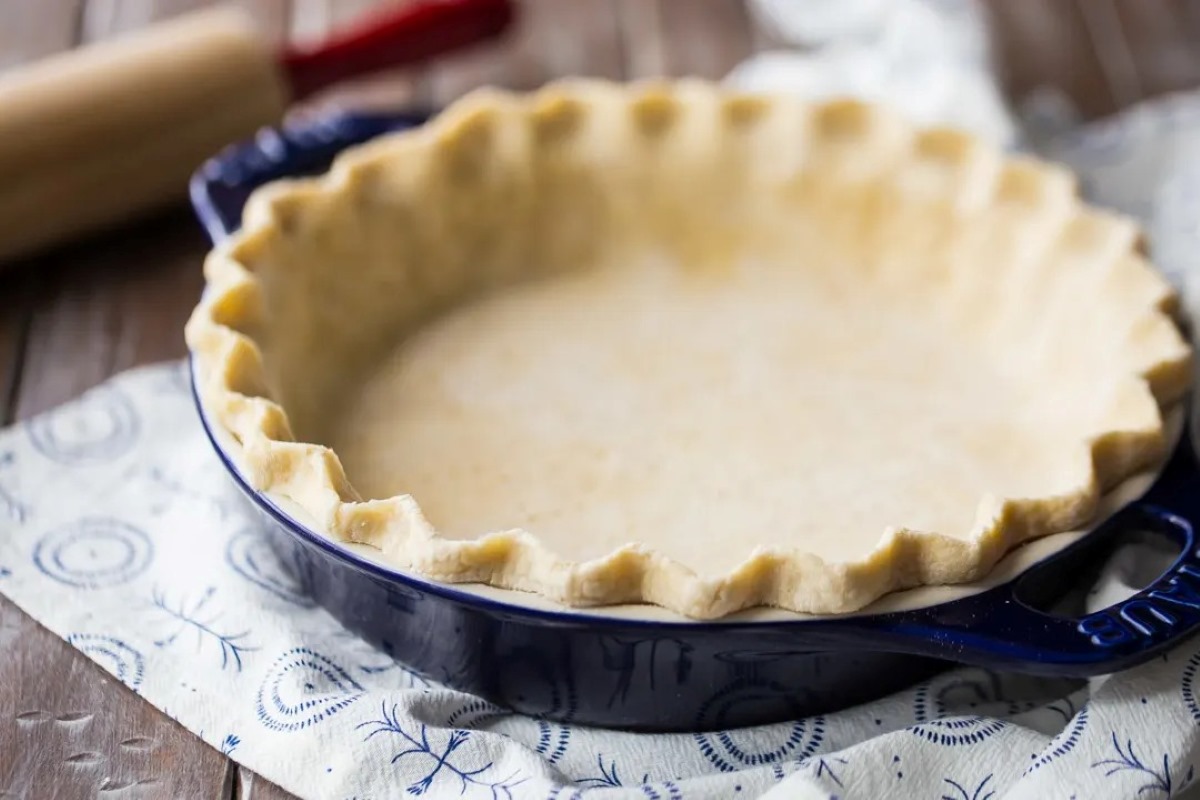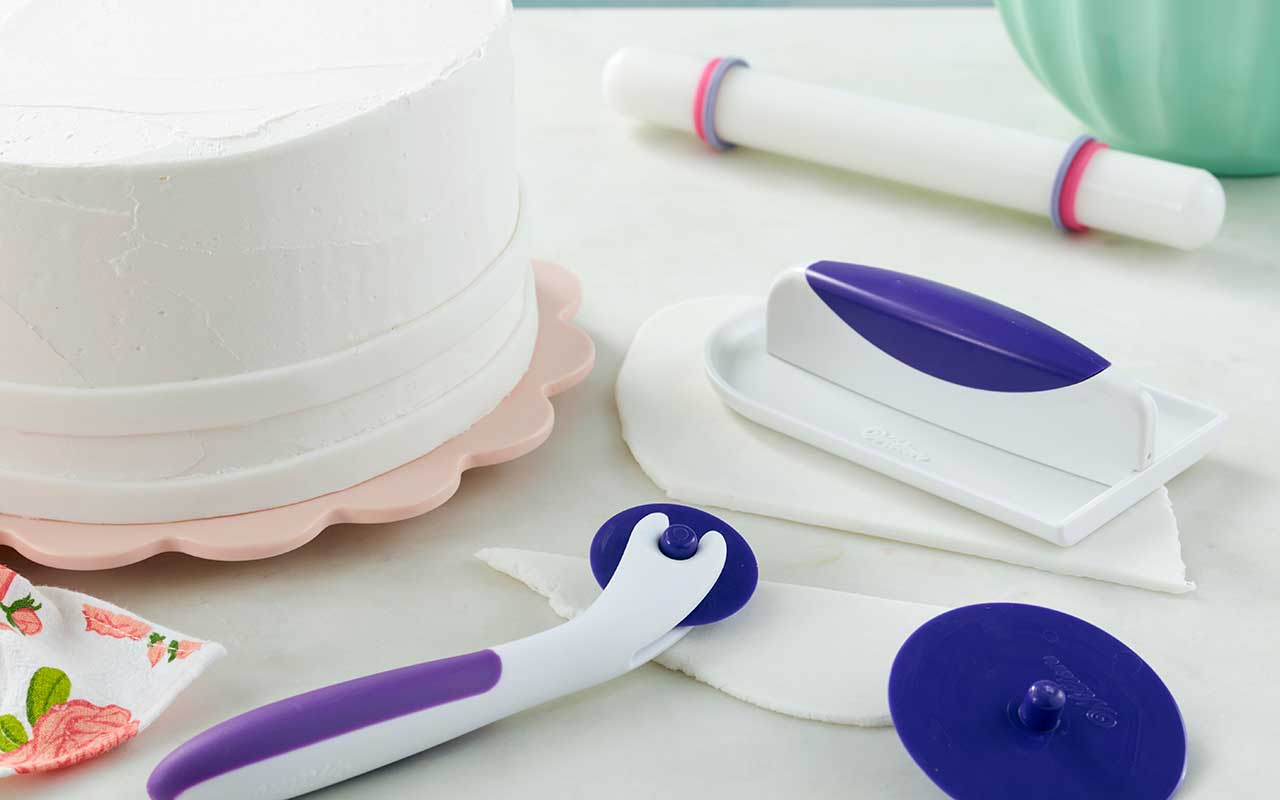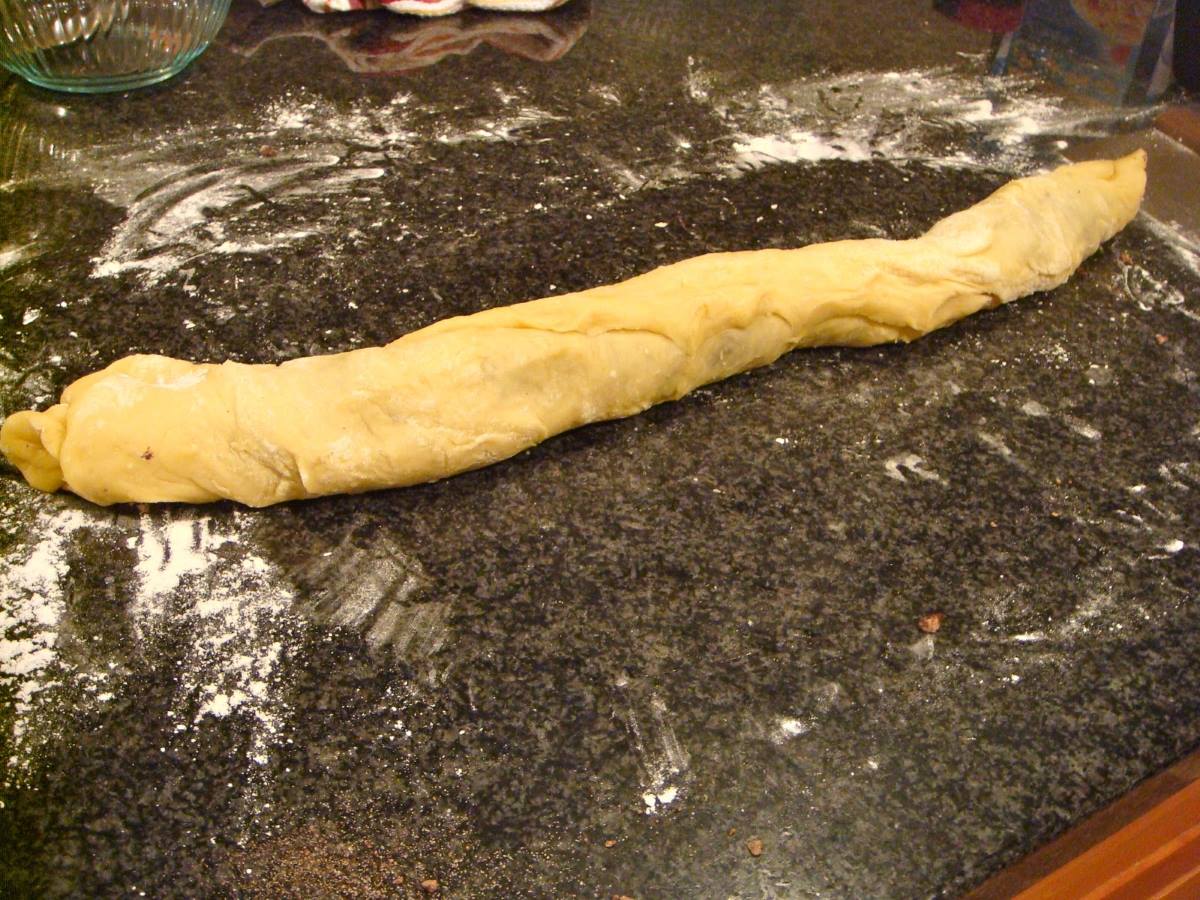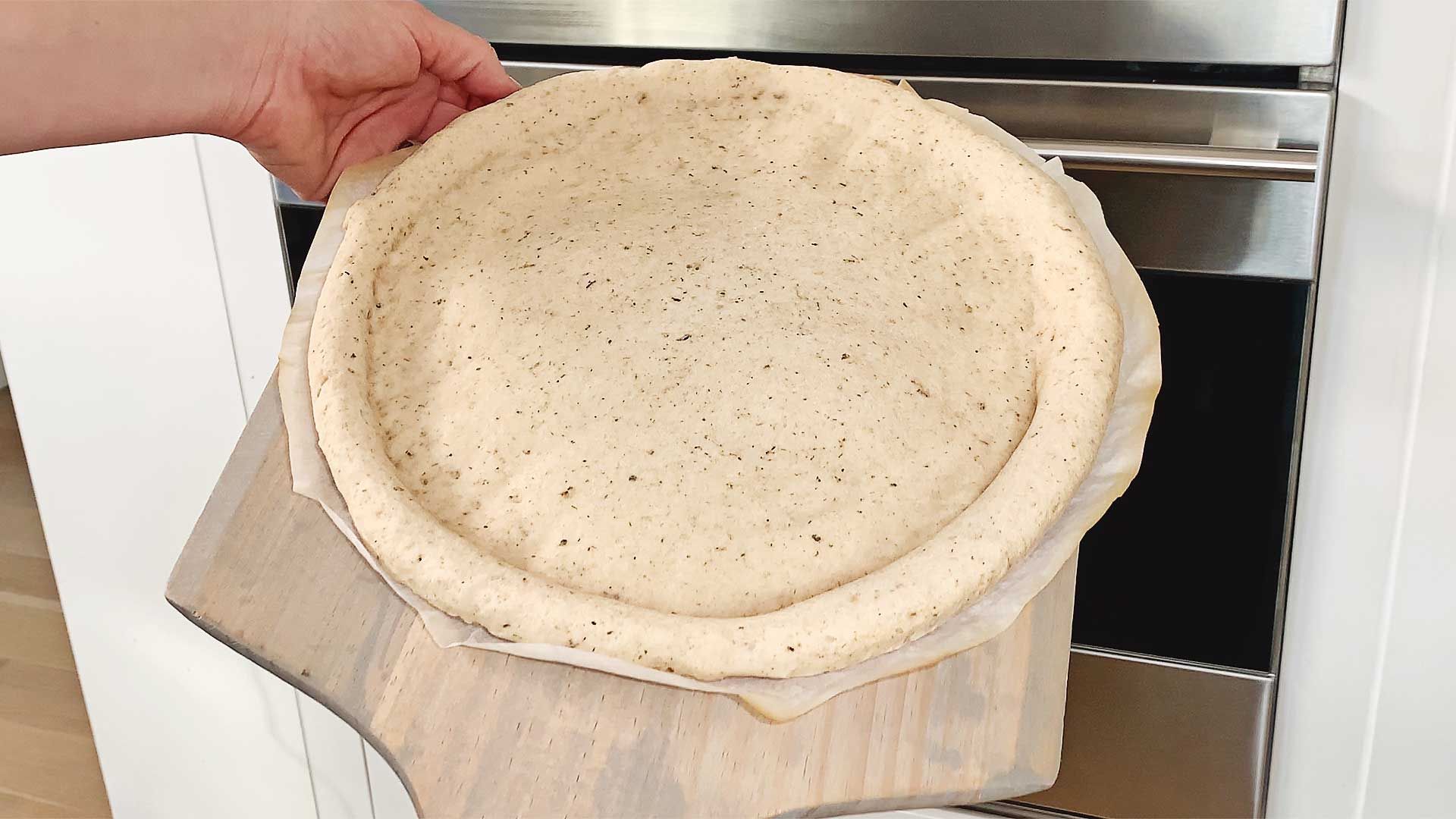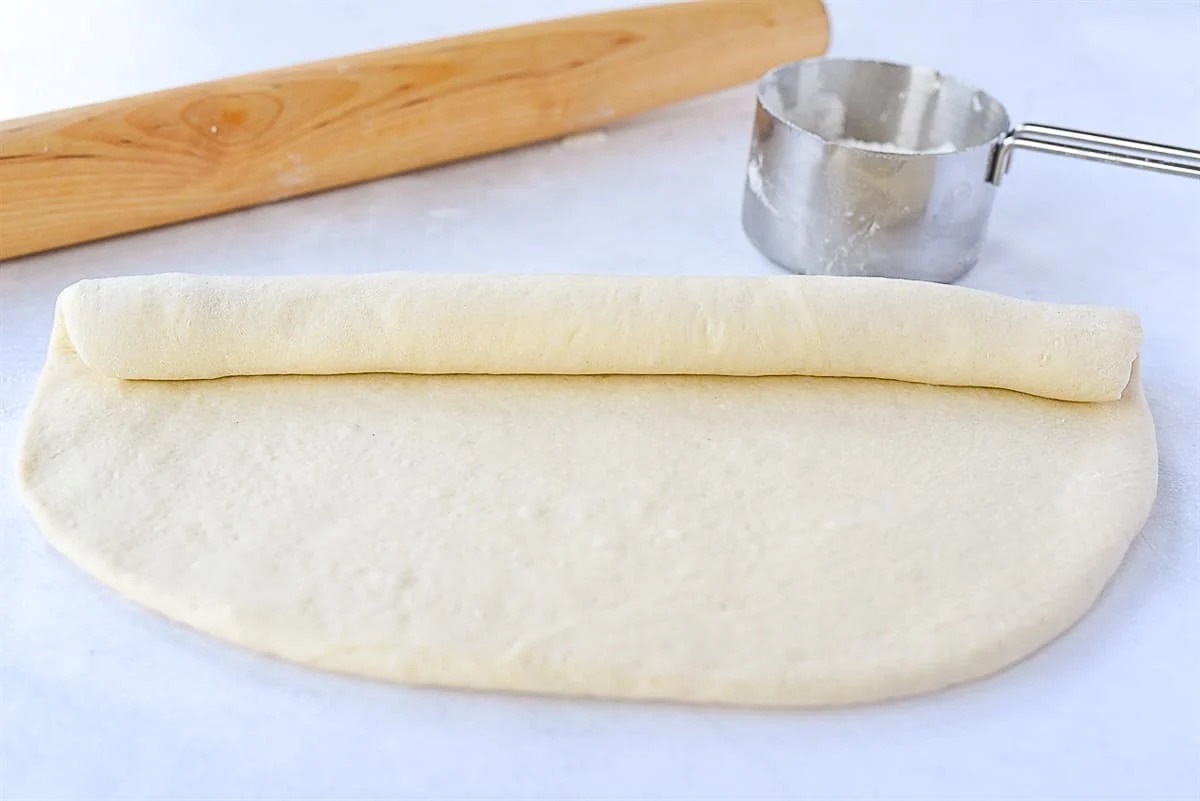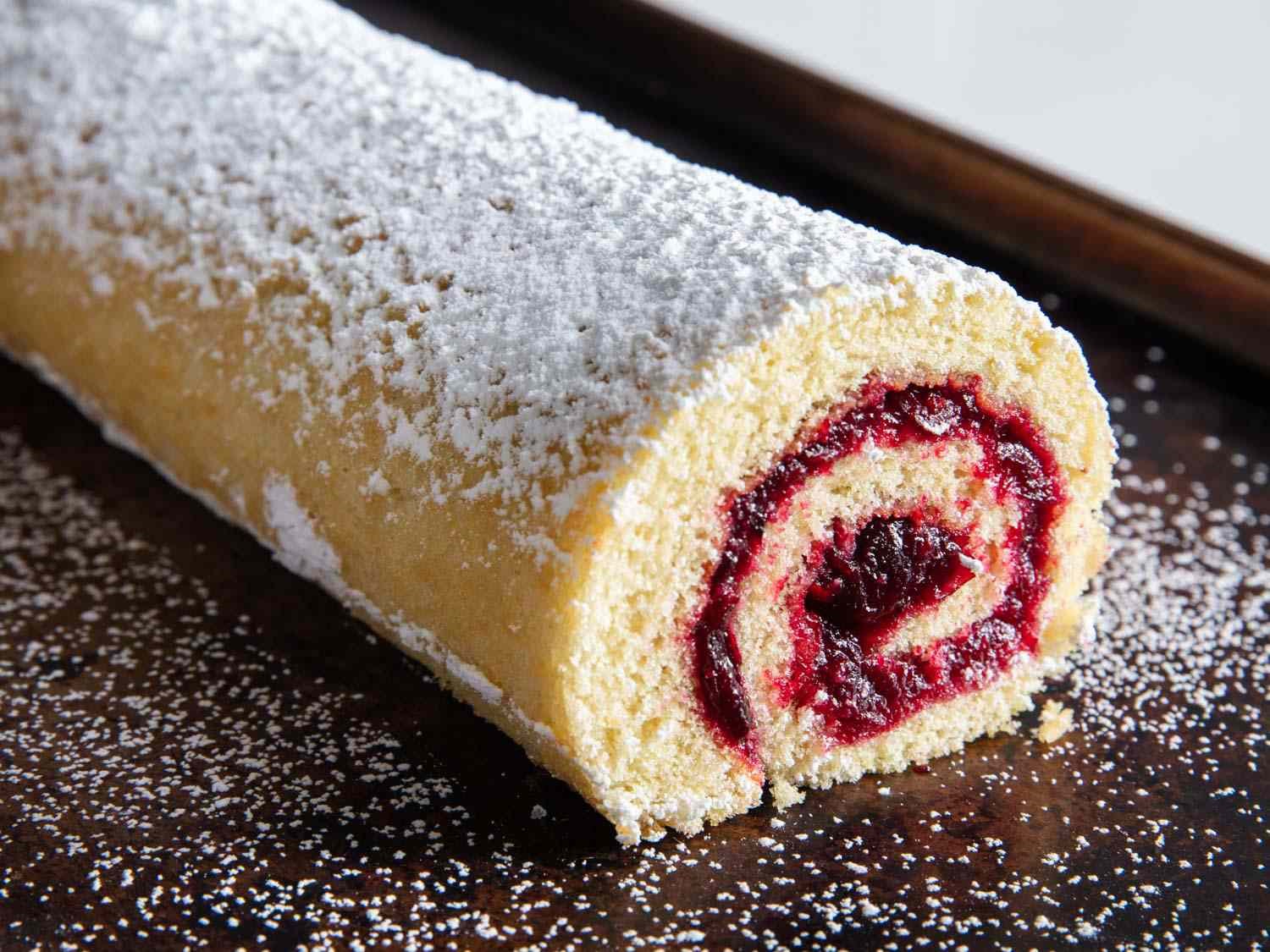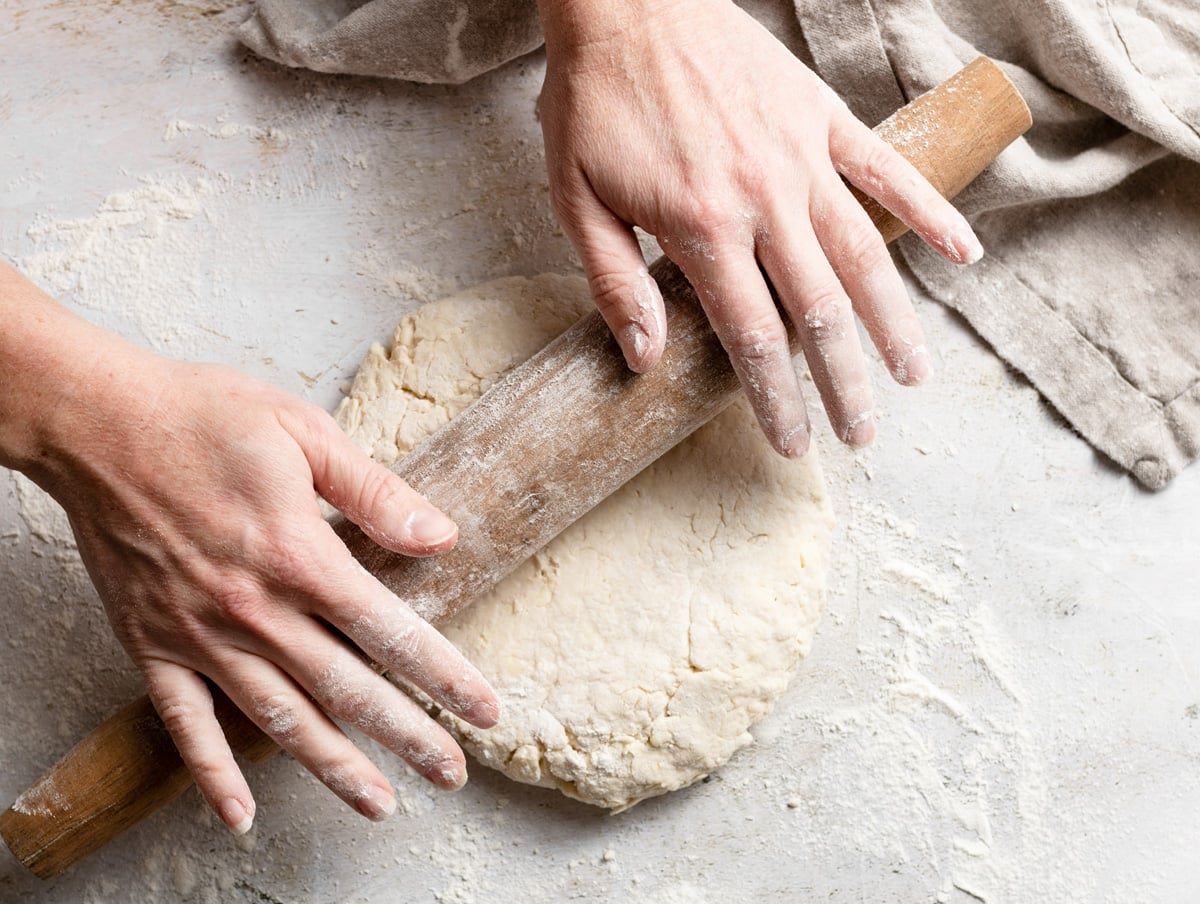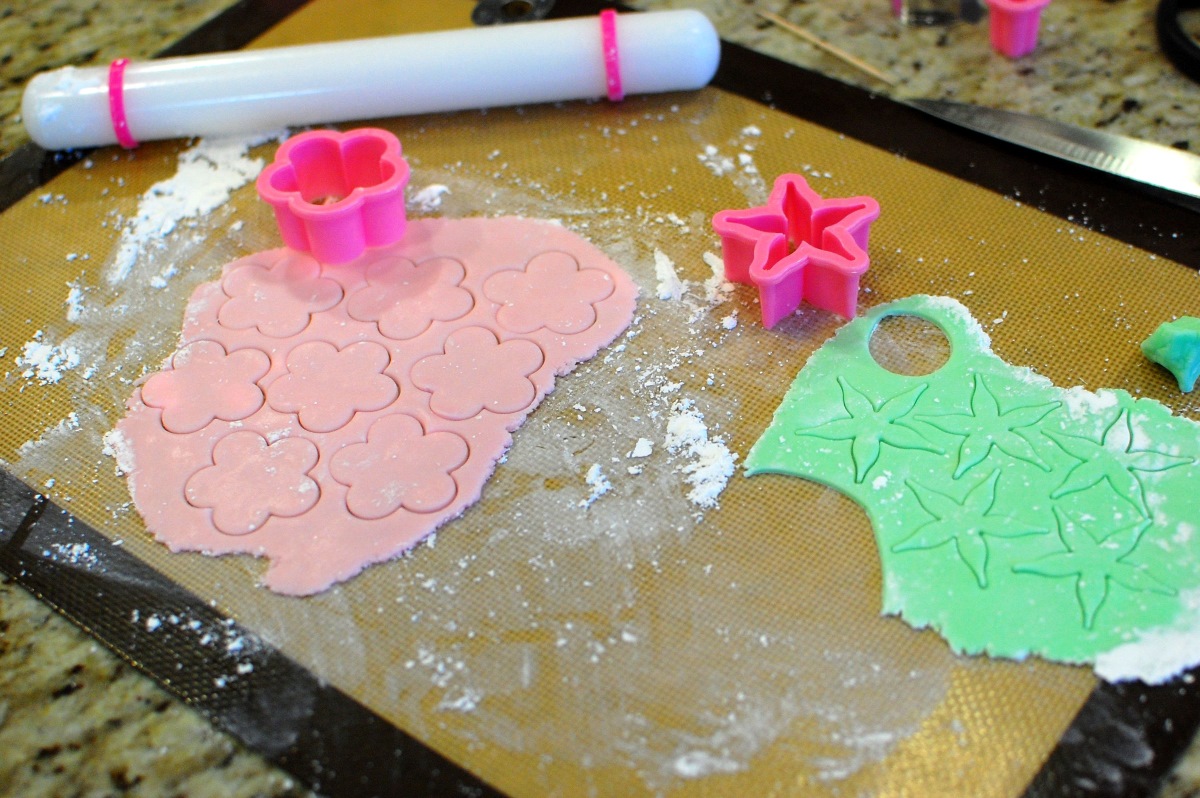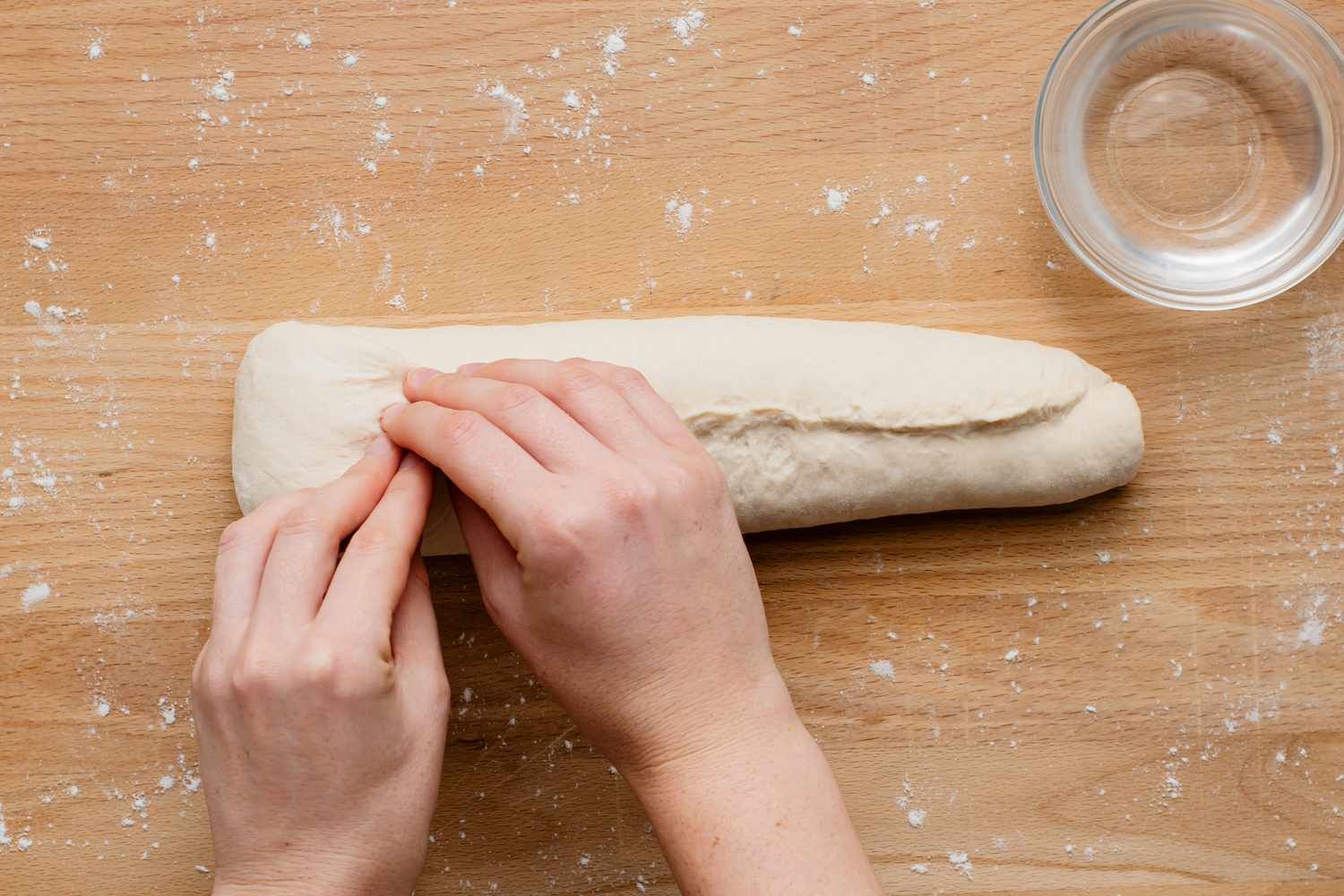Sure, I can help you with that. Here's a blog post on how to roll out pasta dough using HTML formatting:
Mastering the Art of Rolling Out Pasta Dough
Rolling out pasta dough is a fundamental skill for any aspiring home cook or pasta enthusiast. Whether you’re making fettuccine, ravioli, or lasagna, the ability to roll out pasta dough to the perfect thickness is crucial for achieving the ideal texture and taste. In this guide, we’ll walk you through the step-by-step process of rolling out pasta dough like a pro.
Ingredients and Tools You’ll Need
Before you begin rolling out your pasta dough, make sure you have the following ingredients and tools on hand:
- Fresh pasta dough
- Flour for dusting
- A rolling pin
- Pasta machine (optional, but highly recommended)
Step 1: Prepare Your Work Surface
Start by dusting your work surface with a generous amount of flour. This will prevent the pasta dough from sticking as you roll it out.
Step 2: Divide the Dough
If you’re working with a large batch of pasta dough, consider dividing it into smaller, more manageable portions. This will make it easier to roll out and prevent the dough from drying out.
Step 3: Begin Rolling
Take one portion of the pasta dough and shape it into a rough rectangle. Using a rolling pin, gently roll the dough out into a thin sheet, starting from the center and working your way outwards. Rotate the dough frequently to ensure an even thickness.
Step 4: Achieving the Perfect Thickness
For most types of pasta, aim to roll the dough out to a thickness of about 1/16 of an inch. If you’re using a pasta machine, gradually decrease the thickness setting as you roll the dough through multiple times, until you reach the desired thickness.
Step 5: Cut or Shape the Dough
Once your pasta dough is rolled out to the perfect thickness, you can proceed to cut it into your desired shapes, such as fettuccine, tagliatelle, or lasagna sheets. Alternatively, if you’re making filled pasta like ravioli, you can use the rolled-out dough to encase your filling.
Step 6: Cook or Store the Pasta
After rolling out your pasta dough, you can immediately cook it in boiling water for a few minutes until al dente. Alternatively, you can let the pasta dry for a short period before cooking, or even freeze it for later use.
Conclusion
Rolling out pasta dough is a simple yet rewarding process that opens up a world of culinary possibilities. With a bit of practice and the right techniques, you’ll be able to create delicious, homemade pasta that will impress your family and friends. So, roll up your sleeves, dust off your work surface, and start rolling out your own pasta dough today!
I hope this helps! Let me know if you need any more assistance.
Was this page helpful?
Read Next: How To Roll Out Dough For Cinnamon Rolls
